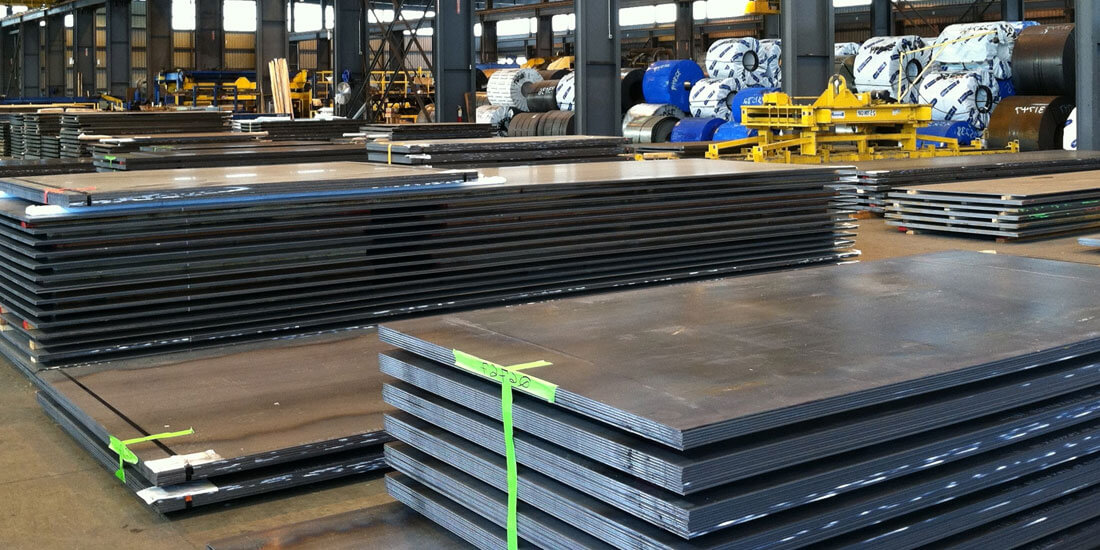AISI 5130

Alloy steels are designated by AISI four-digit numbers. The first two digits represent the main alloying elements, and the last two digits represent the carbon content present in the alloy in hundredth of a percent. They comprise different kinds of steels which exceed the composition limits of Mn, C, Mo, Si, Ni, Va, and B in the carbon steels. They respond more quickly to mechanical and heat treatments than the carbon steels.